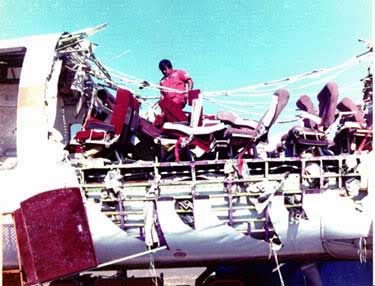Jim,
My original point, which has been distorted by Deadwood's errant crusade, was to determine if it was thermal expansion. I gave several ways of doing so: passive as in waiting overnight and active as in doing the test oneself by discharging hotwater and monitoring pressure during recovery. Only a simpleton like Deadwood/Redstraw would have to stay by the gauge the whole time. (Even you fell for his strawman claim about what I was saying, nothing is more irritating that having a buffoon like that shape one's image. Just another reason to loath a disengenous scumbag like him.) Afterall, that's what the red needle is for on the test gauge and is how I've used it. Furthermore I went into several "why's" of how this could be happening now but was not observed before. (I could have/should have added that other unrecognized changes such as fixing a dripping faucet or replacing a toilet/fill valve could also reveal the sort of symptoms observed.) This was to answer the OP's question in an inclusive enough way to help him find the solution. I made the assumption that the OP needed a bit more thorough analysis and reasoning based on their initial post.
A key consideration is how high the pressure is getting. If it's not getting anywhere near 150 then the T&P should not be opening. If it is getting that high then it is either a supply issue, or thermal expansion. Unless the main pressure is close to 150 even a failed PRV wouldn't be the primary culprit although it could very well be a contributor. As it is, the OP probably knows the approximate main pressure for the 275 units already. It is hilly here and in some low lying areas near the water towers/pumps the pressure is close enough to 150 psig that plumbers have commented to me about T&P relief/PRV problems in those areas.
But what do I know? I'm just an engineer who quickly figured out that the BW pimps' longtime theories on the Flamelock problem weren't accurate much of the time...and also figured out that the shared Unitrol Robert Shaw valve was the culprit in a large quantity of the problems...something that could save a homeowner around $800 compared to following Deadwood's standard "advice." Going counter to some clique's theories is nothing new to me, I've been through these sorts of root cause battles with other engineers and corporate execs before and have the battle scars to show for it. The underlying system doesn't care how we think it works, what matters is whether we interpret the data correctly to understand it and then profit from understanding it. I've had R&D Directors tell me I didn't know what I was talking about with a system that had been running 20 years, then a year later recall that mistake when toasting the success of my solution to a long standing problem, admitting,"You know, I thought you were nuts when you said it worked like this..." I let the data, observations, calculations, and established engineering principles guide me to the root cause and solution, not the opinions of a PhD chemist, MS engineer, master plumber, operator, or mechanic.
Heck if you want a real laugh, ask Deadwood to regurgitate and interpret the legal boilerplate in BW's comments on water heater jackets. He couldn't reason his way out of paper bag.
So what really matters is whether or not the OP gets enough of an explanation to determine what is happening and why, not what Deadwood thinks or what I think.


